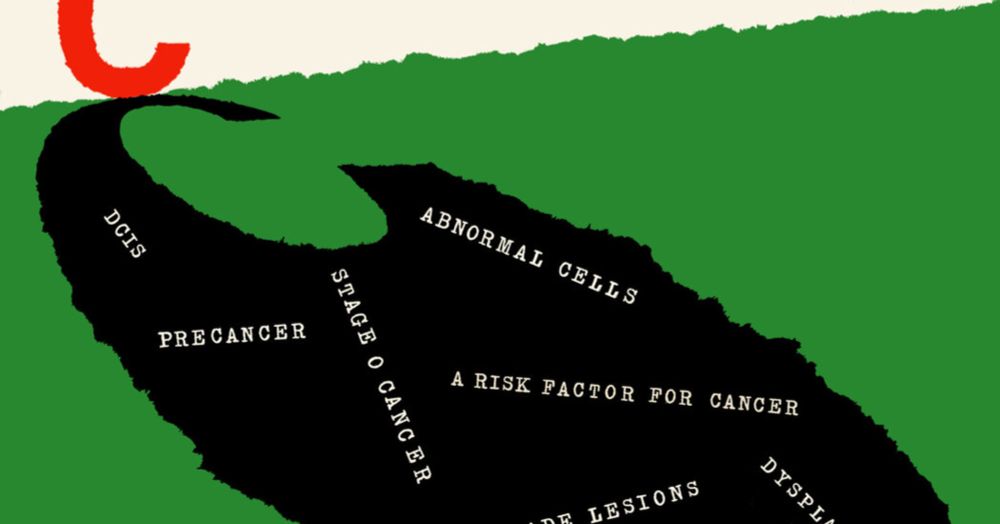Brian Zikmund-Fisher
@bzikmund.bsky.social
200 followers
79 following
11 posts
Professor @ UMich. Research making health & risk data communications intuitively meaningful, narratives, improv. Editor-in-Chief of Medical Decision Making & MDM Policy & Practice. Opinions my own.
Posts
Media
Videos
Starter Packs
Reposted by Brian Zikmund-Fisher







